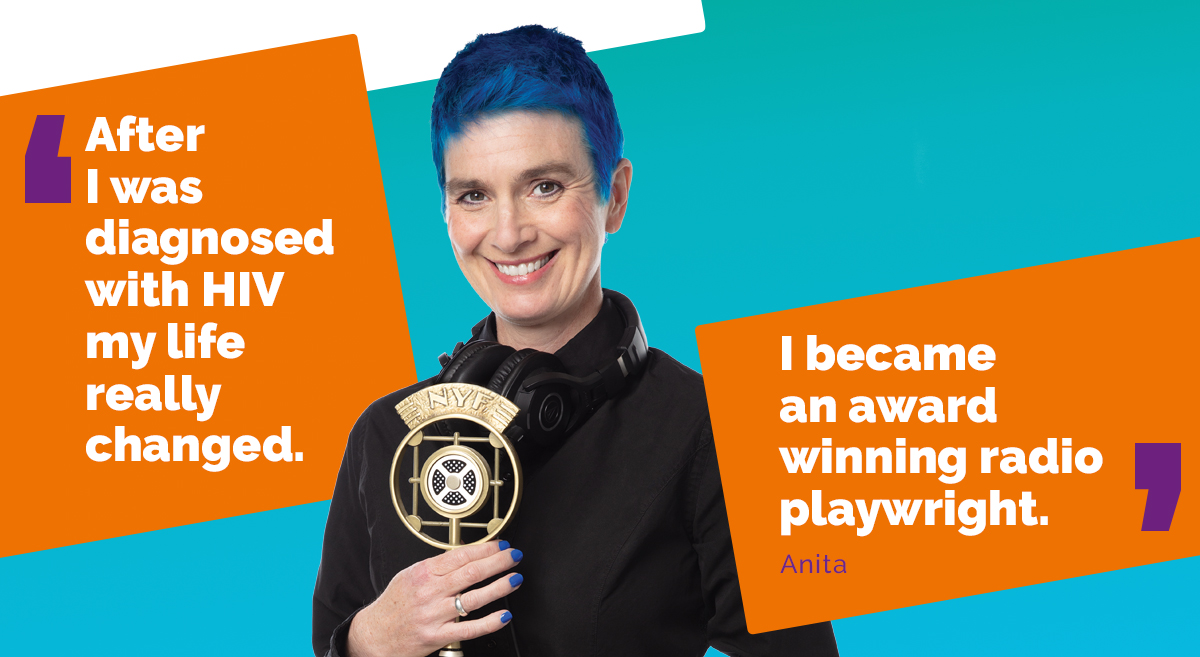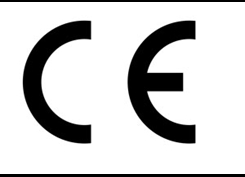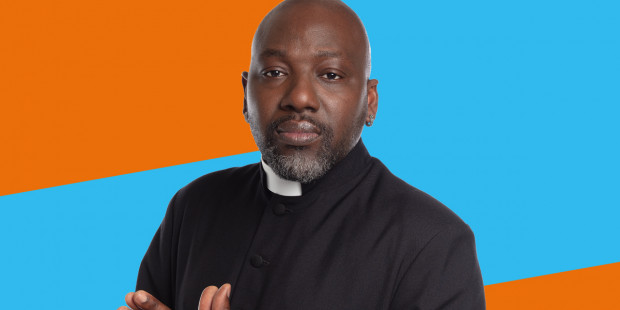
Where to get an HIV test
It’s never been easier to get an HIV test and to get a result quickly. You can get a test in person or order tests online, with free and paid-for options. Many tests will provide you with a result in a just a few minutes.
You can test in person at:
- A sexual health clinic.
- An HIV testing centre, including those run by Terrence Higgins Trust.
- A GP/family doctor.
If you test at a sexual health clinic, testing centre or a GP then your test will be free. If you test at a private clinic, you will have to pay.
Face-to-face services may still have different arrangements in place as a result of the COVID-19 pandemic. Please call them before attending.
You can also order tests online including:
- A self test, which you take yourself and see the result within a few minutes.
- A postal test, where you take a sample yourself and send it off to a lab, who will then contact you with your result.
We sell finger-prick and oral gum swab HIV self testing kits to those most at risk of HIV. This site also offers free tests in some areas.
Try our free online HIV test finder to see what online testing is available in your area.
If you’re using a self test, look out for the CE mark.

This shows that the test meets the required standards, will work properly and will be safe to use.
No-one will be told the result of your HIV test unless you agree, including your employer, family, partners and immigration authorities. If you do test with your doctor, your result will go on your GP notes.
Getting a result quickly
Many services offer rapid testing, which means a finger-prick test that will give you a result within minutes.
A self testing kit ordered online and done at home will normally give you a result up to 15 minutes, depending on the kit.
A blood sample taken at a testing centre will be sent to a lab, with results ready within a day or up to a week later.
If you use postal testing, the lab will normally contact you a week or so later with your result.
How an HIV test works
An HIV test is a blood test. It does not detect HIV itself, but looks for a protein found in an HIV cell, or an antibody made by the body to fight HIV.
HIV tests in the UK are very reliable. They can occasionally produce a positive result which is then found to be negative when tested again. This is called a false positive and is rare, occurring in less than 1 in 1,000 cases.
Testing windows
National testing guidelines set out a 90-day window for HIV self tests.
Blood tests that you send off to a lab and those available at sexual health clinics have a testing window of 45 days.
In practical terms, this means that a self test tells you what your HIV status was 90 days ago, while a blood test tells you what your status was 45 days ago.
When you should take an HIV test
What testing service you should use, and which type of test, depends on when you might have been exposed to HIV. Signs of HIV infection don’t show up in the blood right away. It normally happens within four weeks of infection, but can be longer.
If you think you might have been exposed to HIV in the last 72 hours (three days), it’s possible to take post-exposure prophylaxis (PEP) to help stop an infection from happening.
If your risk was recent, then your test provider will probably advise you to take a test immediately, followed by a second one a few weeks later. The second test will pick up any infection the first one may have missed.
If your risk was in the last three months, make sure you tell the person testing you, as it may affect the type of test you’re given.
A self test is not guaranteed to pick up an infection that’s occurred in the previous three months. If you think you’ve been exposed in the last three months, you should get a test in person.
Very occasionally it can take up to three months for antibodies to appear in the blood, so an HIV negative result is only totally accurate if three months have passed between the test and the last time a risk was taken. However, a negative result four to eight weeks after taking a risk is a very good sign that HIV infection hasn’t happened.
How often should you test for HIV?
Testing at least once a year for HIV and other sexually transmitted infections (STIs) is good sexual health practice for everyone who is sexually active, even if you know you haven’t put yourself at risk of infection. Depending on how many different sexual partners you have in any one year, you might want to consider testing more regularly.
Gay, bisexual and other men who have sex with men (MSM) should get tested routinely for HIV and other STIs - at least annually or every three months if having sex without condoms with new or casual partners.
Black African men and women should have a regular HIV and STI screen if having sex without condoms with new or casual partners. Trans women and trans men who have sex with MSM should test regularly for HIV and other STIs, annually or every three months, if having sex without condoms with new or casual partners.
Why it’s important to test
If you have HIV, finding out means you can start treatment, stay healthy and avoid passing the virus onto anyone else. The sooner you start treatment, the less likely you are to become seriously ill. People who are diagnosed early and get on effective treatment can expect to live a normal lifespan.
Once you’re on effective treatment and your viral load is undetectable then you can't pass the virus on to anyone else.
If you wait to test, the virus could do a lot of damage. There is a lot of support available for people who test positive.



